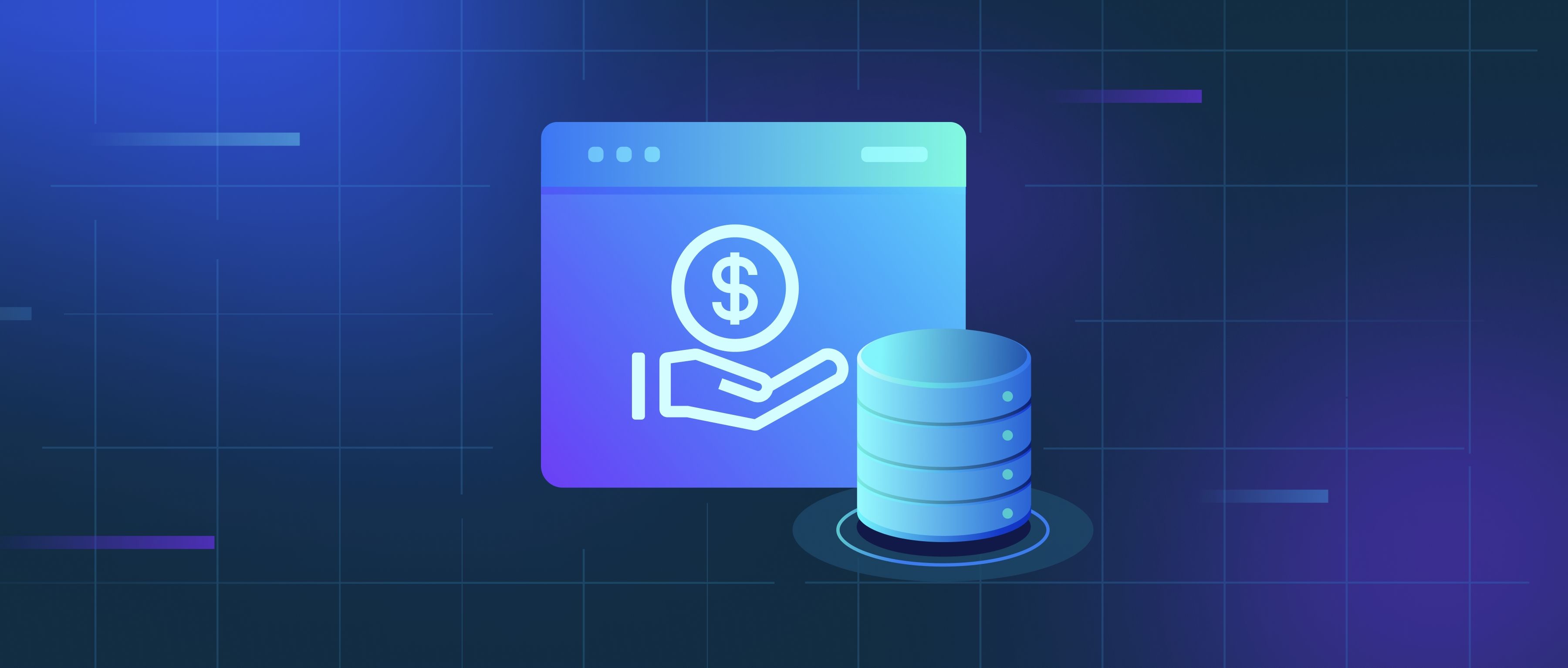OCR (Optical Character Recognition) can solve numerous problems by converting printed or handwritten text into machine-readable formats. It streamlines data entry tasks by automating the extraction of information from invoices, receipts, and forms, reducing errors and saving time. OCR also plays a critical role in digitizing historical documents, making them searchable and preserving them for future use. In logistics, OCR aids in tracking packages by recognizing barcodes and labels. It is widely used in healthcare to digitize patient records and prescriptions. By automating text extraction, OCR enhances productivity and accuracy across industries.
What problems could text recognition (OCR) solve?

- Natural Language Processing (NLP) Advanced Guide
- Evaluating Your RAG Applications: Methods and Metrics
- Advanced Techniques in Vector Database Management
- Accelerated Vector Search
- Optimizing Your RAG Applications: Strategies and Methods
- All learn series →
Recommended AI Learn Series
VectorDB for GenAI Apps
Zilliz Cloud is a managed vector database perfect for building GenAI applications.
Try Zilliz Cloud for FreeKeep Reading
How can Sentence Transformers be applied to cluster documents or perform topic modeling on a large corpus of text?
Sentence Transformers can be effectively applied to cluster documents or perform topic modeling by converting text into
How does NLP improve search engines?
NLP significantly improves search engines by enabling them to understand user queries more effectively and deliver relev
How do Vision-Language Models address issues of interpretability and explainability?
Vision-language models (VLMs) tackle interpretability and explainability by utilizing a few core techniques that make th